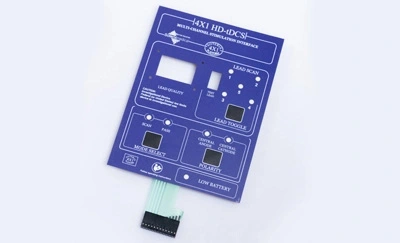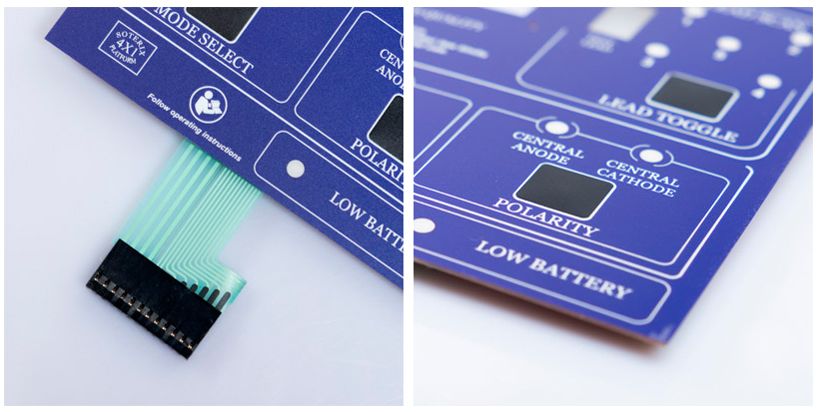
SEO Meta-description: Unveiling the significance of membrane switches in ventilators and diving into innovative ways to simplify their design.
Membrane switches are crucial components in various devices, especially in medical equipment like ventilators. These switches ensure that the machines work efficiently. Understanding their importance in ventilators and the basic principles behind their design paves the way for potential improvements.

From their inception, membrane switches have undergone significant transformations. Over the decades, as ventilators became more sophisticated, the design of these switches adapted to meet evolving needs.
At the heart of every membrane switch lies intricate circuitry, ensuring accurate signal transmission. Accompanied by adhesive layers for structural integrity and tail ends for connections, these switches are crafted for performance.
However, designing membrane switches isn't a walk in the park. Addressing durability concerns, ensuring optimal sensitivity, and developing user-friendly interfaces are some hurdles faced by designers.
Ventilators, life-saving equipment in critical care settings, heavily rely on these switches. Given their pivotal role, ensuring that membrane switches comply with rigorous safety protocols is paramount.
In the ever-evolving technological landscape, strides are being made to simplify complex designs. Adopting lean manufacturing principles, leveraging modular designs, and exploring advanced materials are some avenues being pursued.
The process of simplification holds immense benefits, including cost savings and enhanced reliability. Current trends are leaning towards minimalistic yet effective designs. As we look ahead, the horizon seems promising with innovations galore.
A simplified design approach isn't just about aesthetics or ease. It has profound economic implications, fostering cost-efficiency while balancing market demand and supply dynamics.
In an age where sustainability reigns supreme, incorporating eco-friendly materials into switch designs is gaining traction. Furthermore, initiatives promoting recycling and reuse are gaining momentum, setting the stage for a greener future.
With the digital revolution in full swing, alternatives like touchscreens are emerging. The infusion of AI and automation promises to revolutionize the way we think about membrane switch design.
Simplifying designs is a nuanced process. Effective prototyping, fostering feedback loops, and committing to continual improvement are critical steps in this journey.
Analyzing real-world examples provides valuable insights. While numerous success stories vouch for the benefits of simplified designs, failures, too, offer lessons worth heeding.
Why are membrane switches vital for ventilators?
Ventilators rely on accurate and timely inputs. Membrane switches ensure this by facilitating seamless user-machine interactions.
How do advancements like AI impact switch design?
AI can aid in predicting wear and tear, optimizing design parameters, and ensuring user-friendly interfaces.
What are the environmental benefits of simplified designs?
Simplified designs often use fewer materials, reducingwaste and promoting eco-friendliness. They also tend to be more energy-efficient.
Is there a trade-off between simplification and performance?
Not necessarily. While simplification aims to reduce unnecessary complexities, it doesn't compromise on the core functionalities. If done right, it can enhance performance.
How does modular design help in simplification?
Modular designs allow individual components to be designed separately but integrated seamlessly. This ensures that each part is optimized without affecting the whole system.
Can we expect future ventilators to be entirely switch-free?
While technological advancements like touchscreens and voice commands are gaining traction, the tactile feedback of switches remains unmatched in certain scenarios. However, the prominence of traditional switches might reduce.
Membrane switches are an integral part of ventilators, ensuring their optimal functioning. The journey to simplify their design, driven by technological advancements, economic factors, and sustainability considerations, is ongoing. As we stand at the crossroads of innovation, the future holds immense promise. Simplifying without compromising is the mantra, and with collective effort, the medical world is poised for a revolution in membrane switch design.